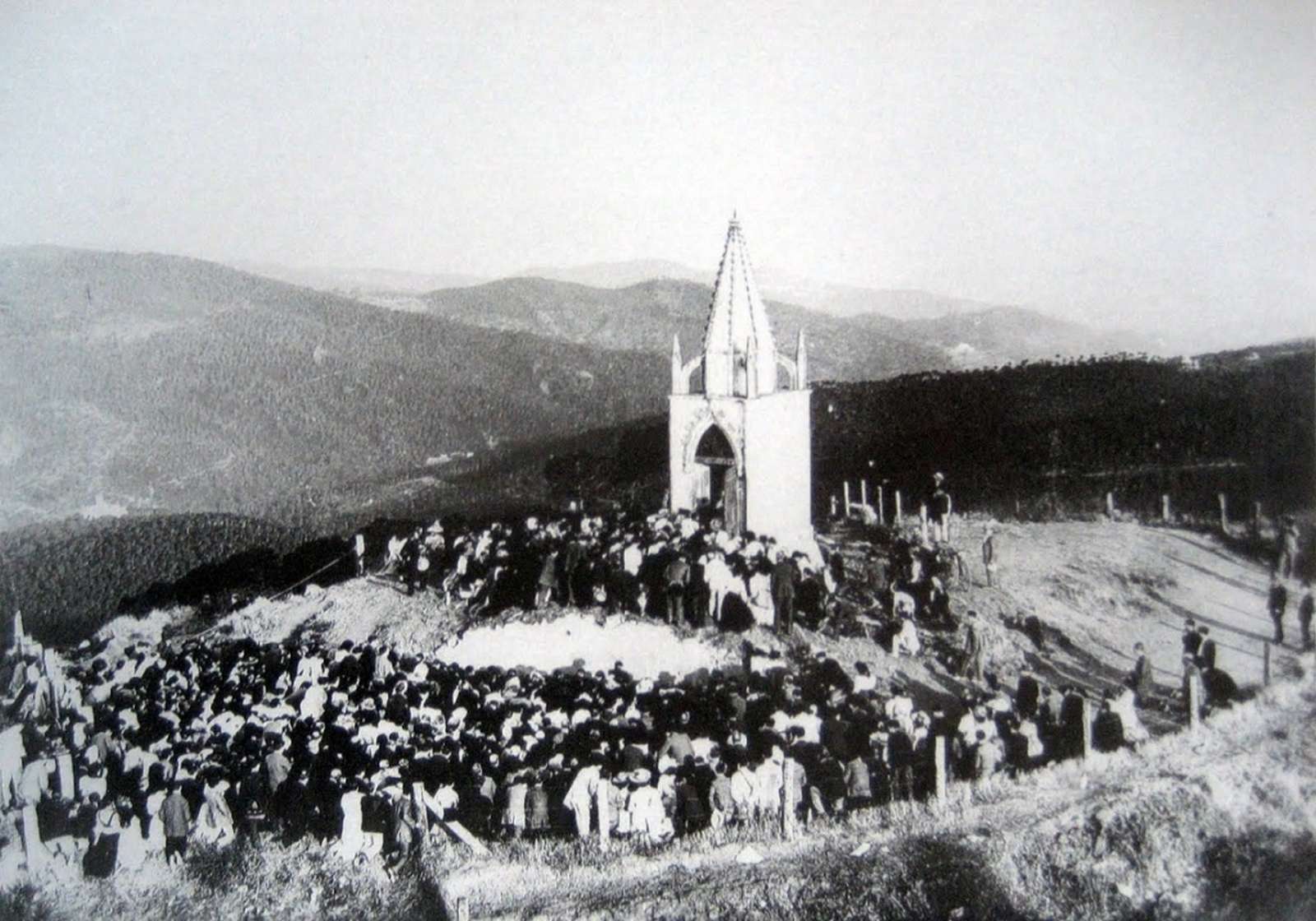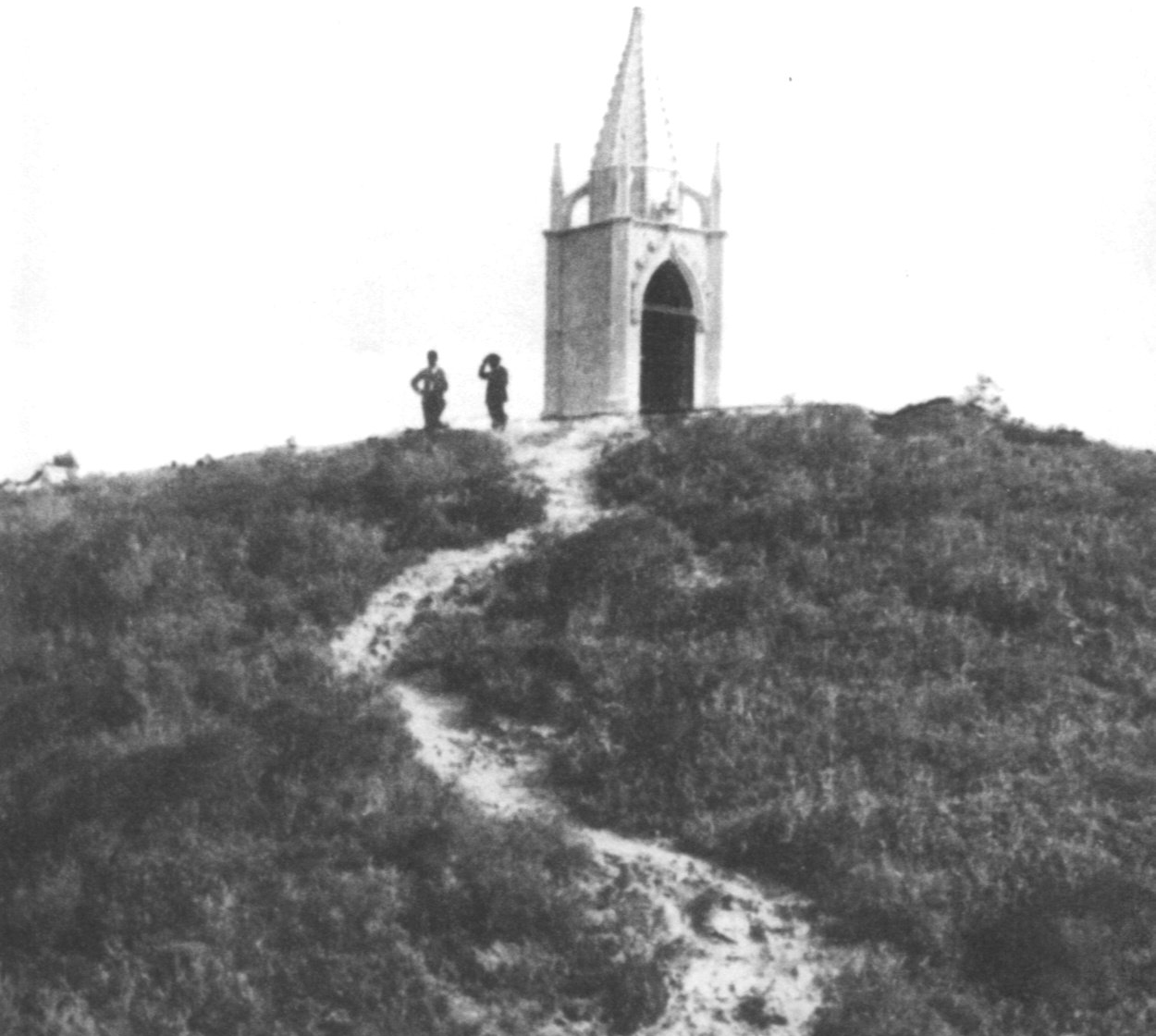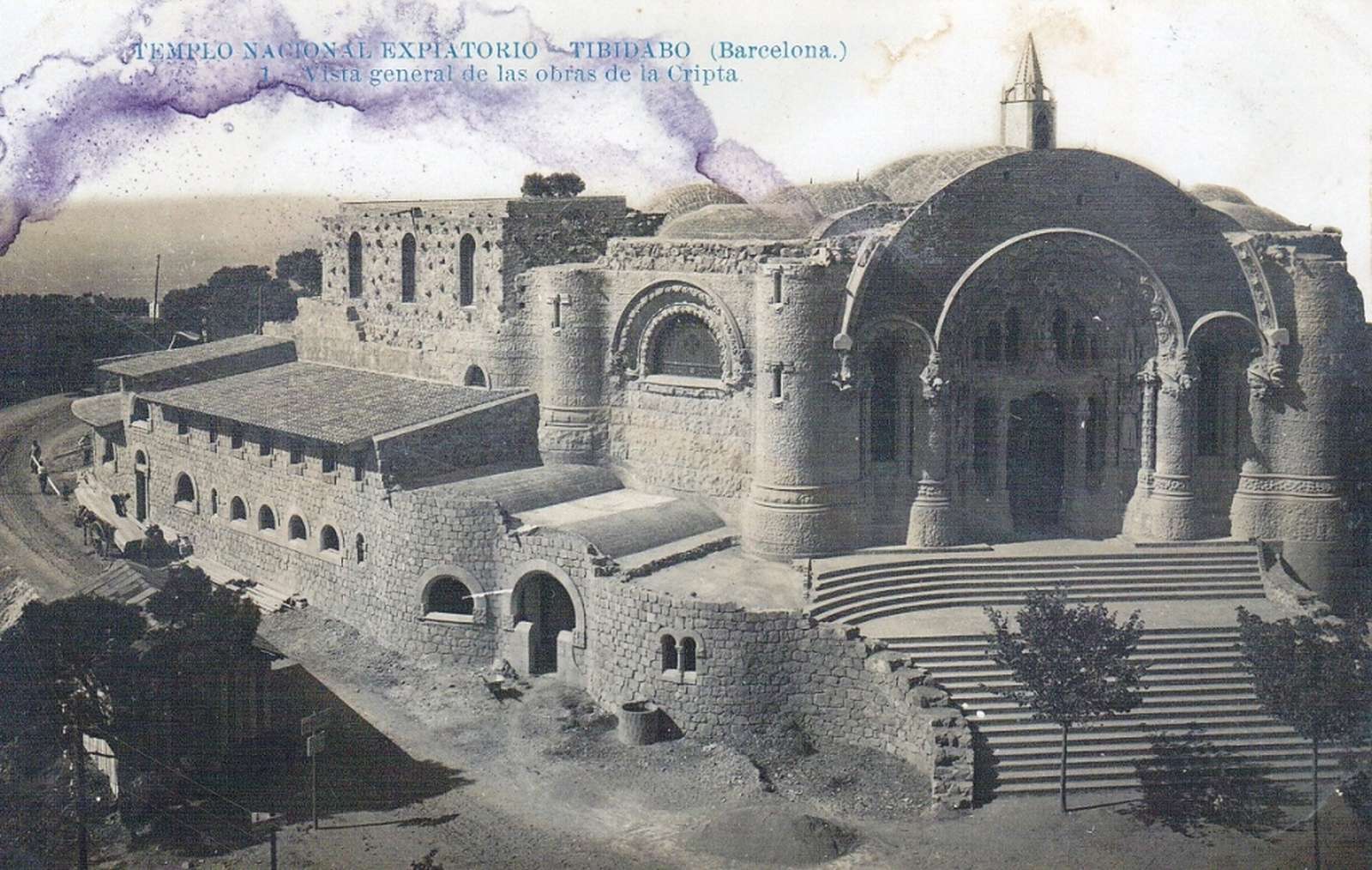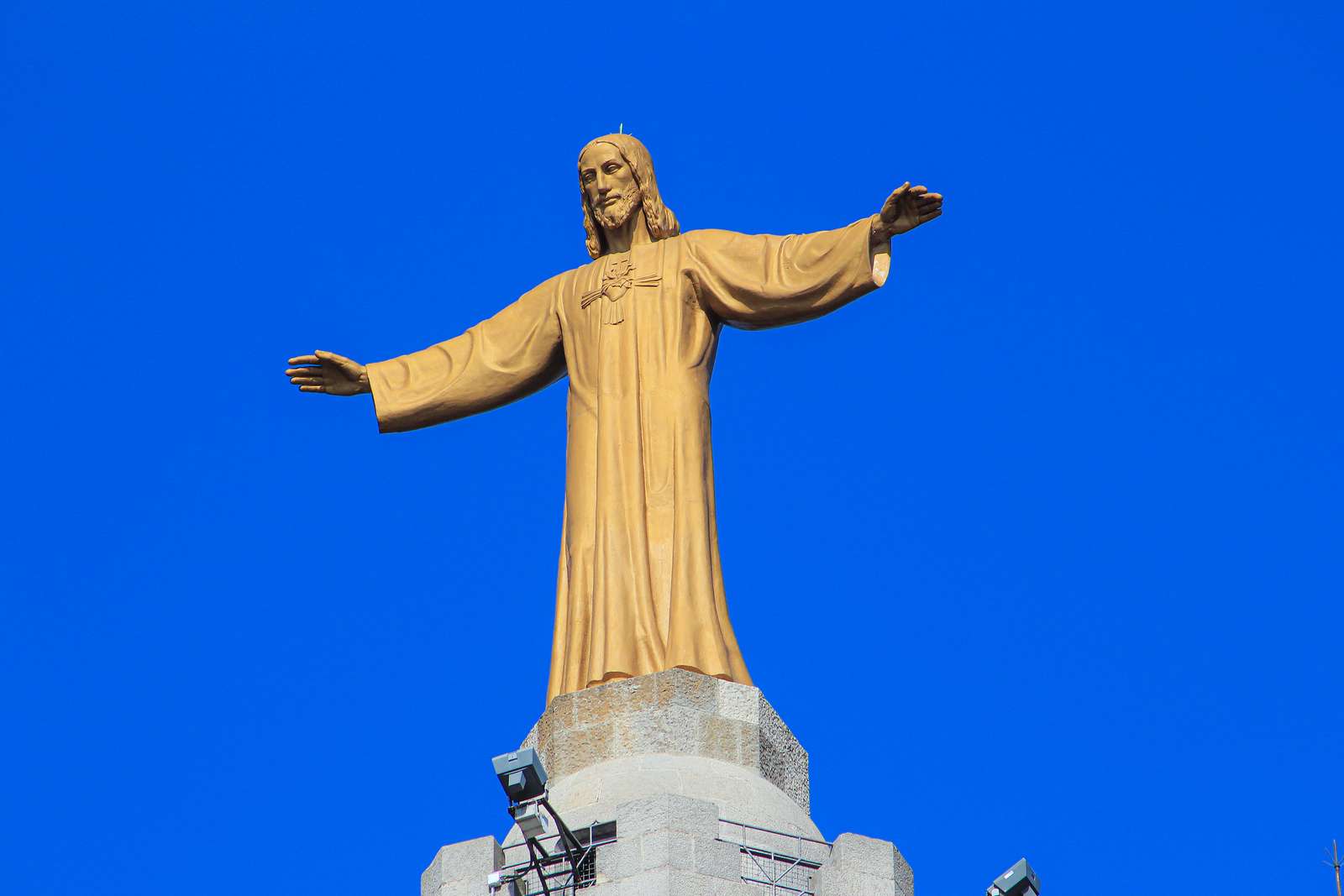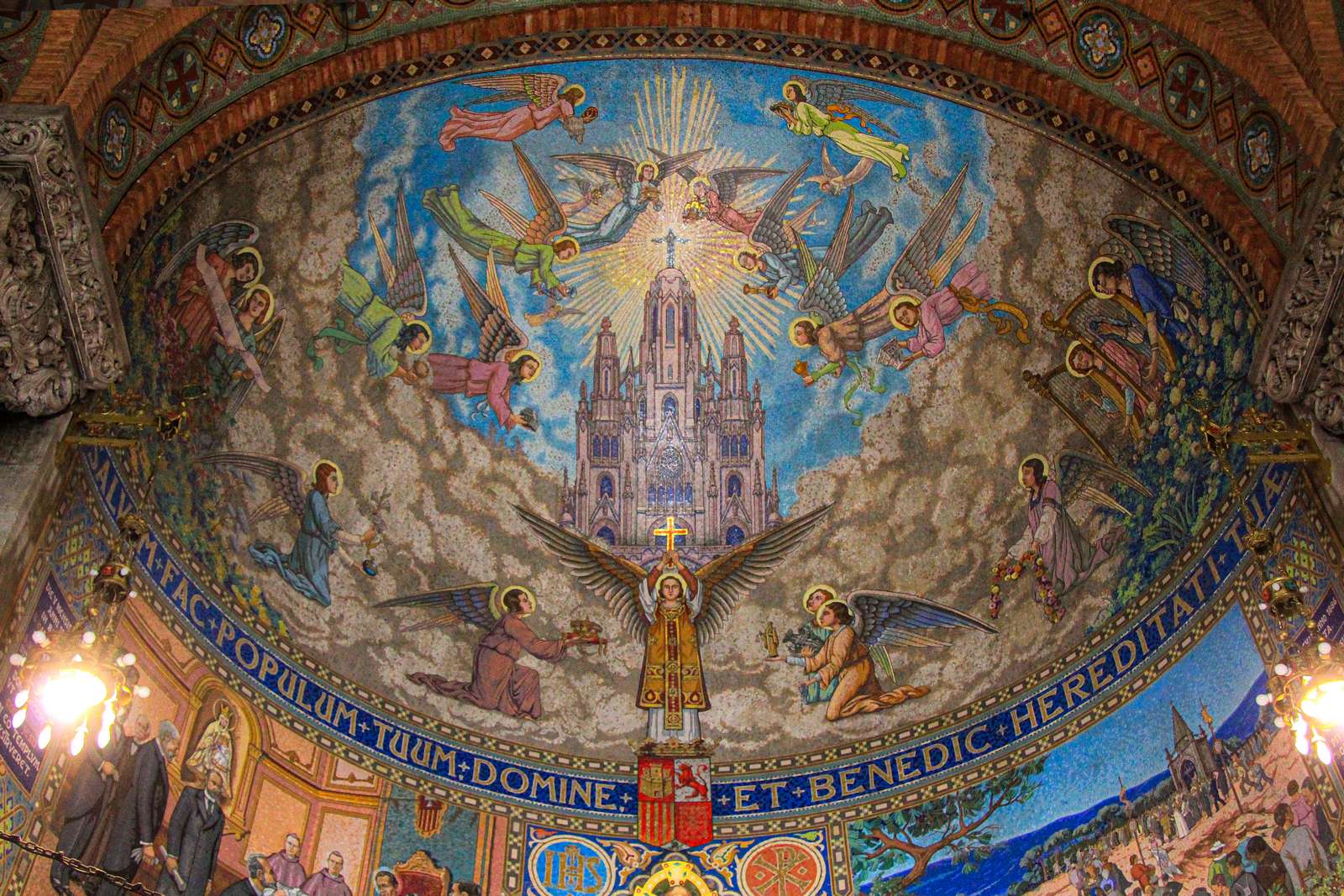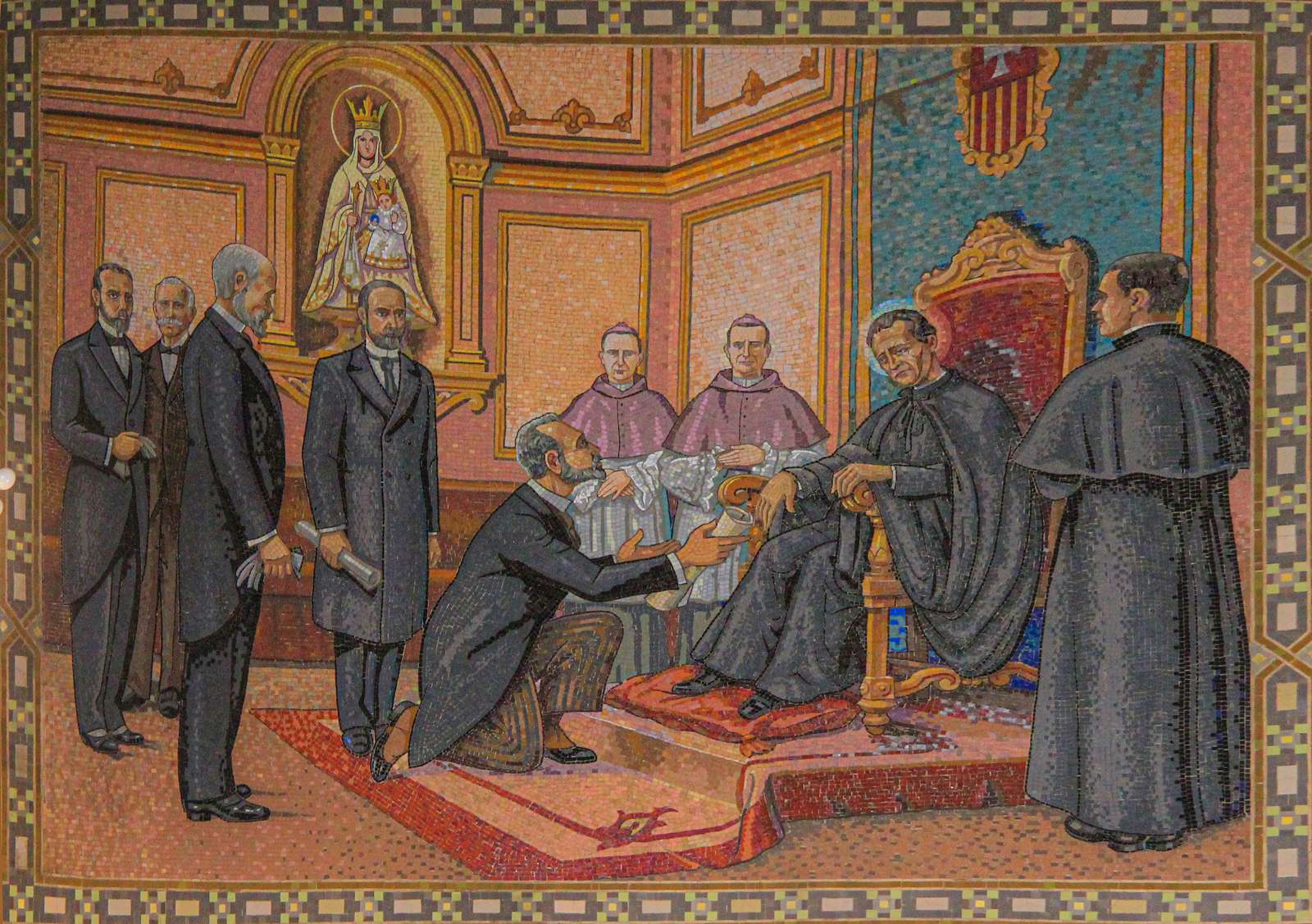Salesian House of Castel Gandolfo
Amidst the green hills of the Castelli Romani and the tranquil waters of Lake Albano lies a place where history, nature, and spirituality converge in a unique way: Castel Gandolfo. In this setting rich in imperial memory, Christian faith, and scenic beauty, the Salesian presence stands as a steadfast point of welcome, education, and pastoral life. The Salesian House, with its parish, educational, and cultural activities, continues the mission of St. John Bosco, offering believers and visitors an experience of a living and open Church, immersed in an environment that invites contemplation and fraternity. It is a community that, for nearly a century, has walked in service of the Gospel at the very heart of Catholic tradition.
A place blessed by history and nature
Castel Gandolfo is a jewel of the Castelli Romani, located about 25 km from Rome, nestled in the natural beauty of the Alban Hills and overlooking the picturesque Lake Albano. At an altitude of about 426 metres, this place stands out for its mild and welcoming climate, a microclimate that seems prepared by Providence to receive those seeking rest, beauty, and silence.
Even in Roman times, this territory was part of the Albanum Caesaris, an ancient imperial estate frequented by emperors since the time of Augustus. However, it was Emperor Tiberius who first resided here permanently, while later Domitian built a splendid villa, the remains of which can still be seen in the papal gardens. The Christian history of the place began with Constantine’s donation to the Church of Albano, a gesture that symbolically marked the transition from imperial glory to the light of the Gospel.
The name Castel Gandolfo derives from the Latin Castrum Gandulphi, the castle built by the Gandolfi family in the 12th century. When in 1596 the castle passed to the Holy See, it became the summer residence of the Popes, and the bond between this place and the ministry of the Successor of Peter became deep and lasting.
The Vatican Observatory: contemplating the heavens, praising the Creator
Of particular spiritual significance is the Vatican Observatory, founded by Pope Leo XIII in 1891 and relocated in the 1930s to Castel Gandolfo due to Rome’s light pollution. It testifies to how even science, when directed towards truth, leads to praising the Creator.
Over the years, the Observatory has contributed to major astronomical projects such as the Carte du Ciel and the discovery of numerous celestial objects.
With further deterioration of observing conditions even in the Castelli Romani, in the 1980s scientific activity shifted primarily to the Mount Graham Observatory in Arizona (USA), where the Vatican Observatory Research Group continues astrophysical research. Castel Gandolfo, however, remains an important centre of study. Since 1986, it has hosted the Vatican Observatory Summer School every two years, dedicated to astronomy students and graduates from around the world. The Observatory also organises specialist conferences, public outreach events, meteorite exhibitions, and presentations of historical and artistic materials on astronomical themes, all in a spirit of research, dialogue, and contemplation of the mystery of creation.
A church at the heart of the city and of the faith
In the 17th century, Pope Alexander VII entrusted Gian Lorenzo Bernini with the construction of a palatine chapel for the employees of the Pontifical Villas. The project, initially conceived in honour of St. Nicholas of Bari, was ultimately dedicated to St Thomas of Villanova, an Augustinian canonised in 1658. The church was consecrated in 1661 and entrusted to the Augustinians, who administered it until 1929. With the signing of the Lateran Treaty, Pope Pius XI entrusted the same Augustinians with the pastoral care of the new Pontifical Parish of St. Anne in the Vatican, while the Church of St. Thomas of Villanova was later entrusted to the Salesians.
The architectural beauty of this church, a product of Baroque genius, serves faith and the encounter between God and man. Today, numerous weddings, baptisms, and liturgies are celebrated here, attracting faithful from all over the world.
The Salesian house
The Salesians have been present in Castel Gandolfo since 1929. In those years, the village experienced significant demographic and tourist development, further enhanced by the beginning of papal celebrations in the Church of St. Thomas of Villanova. Every year, on the Solemnity of the Assumption, the Pope celebrated Holy Mass in the pontifical parish, a tradition begun by St. John XXIII on 15 August 1959, when he walked out of the Pontifical Palace to celebrate the Eucharist among the people. This custom continued until the pontificate of Pope Francis, who discontinued summer stays in Castel Gandolfo. In 2016, the entire complex of the Pontifical Villas was transformed into a museum and opened to the public.
The Salesian house was part of the Roman Province and, from 2009 to 2021, of the Central Italy Salesian Circumscription. Since 2021, it has been under the direct responsibility of the Central Office, with a Director and community appointed by the Rector Major. Currently, the Salesians present come from various nations (Brazil, India, Italy, Poland) and are active in the parish, chaplaincies, and oratory.
The pastoral spaces, though belonging to the Vatican City State and thus considered extraterritorial, are part of the Diocese of Albano, in whose pastoral life the Salesians actively participate. They are involved in diocesan adult catechesis, teaching at the diocesan theological school, and in the Presbyteral Council as representatives of consecrated life.
In addition to the parish of St. Thomas of Villanova, the Salesians also manage two other churches: Mary Help of Christians (also called “St. Paul,” after the name of the neighbourhood) and Madonna del Lago, desired by St. Paul VI. Both were built between the 1960s and 1970s to meet the pastoral needs of the growing population.
The parish church designed by Bernini is now a destination for numerous weddings and baptisms celebrated by faithful from around the world. Every year, with the necessary permissions, dozens, sometimes hundreds, of celebrations take place here.
The parish priest, in addition to leading the parish community, is also chaplain of the Pontifical Villas and provides spiritual accompaniment to Vatican employees working there.
The oratory, currently run by laypeople, sees the direct involvement of the Salesians, especially in catechesis. On weekends, feast days, and during summer activities like Estate Ragazzi, Salesian students residing in Rome also collaborate, offering valuable support. At the Church of Mary Help of Christians, there is also an active theatre, with parish groups organising performances—a place of encounter, culture, and evangelisation.
Pastoral life and traditions
Pastoral life is marked by the main feasts of the year: St John Bosco in January, Mary Help of Christians in May with a procession in the St. Paul neighbourhood, the feast of the Madonna del Lago—and thus the Feast of the Lake—on the last Saturday of August, with the statue carried in procession on a boat across the lake. This latter celebration is increasingly involving neighbouring communities, attracting many participants, including motorcyclists, with whom moments of encounter have been initiated.
On the first Saturday of September, the patronal feast of Castel Gandolfo is celebrated in honour of St. Sebastian, with a large town procession. Devotion to St. Sebastian dates back to 1867, when the town was spared from an epidemic that severely affected nearby villages. Although the liturgical memorial falls on 20 January, the local feast is celebrated in September, both in memory of the protection received and for practical and climatic reasons.
On 8 September, the patron of the church, St. Thomas of Villanova, is celebrated, coinciding with the Nativity of the Blessed Virgin Mary. On this occasion, the feast of families is also held, aimed at couples who married in Bernini’s church. They are invited to return for a communal celebration, a procession, and a shared meal. The initiative has been well received and is becoming a lasting tradition.
A curiosity: the letterbox
Next to the entrance of the Salesian house is a post-box, known as the “Mailbox of Correspondence,” considered the oldest still in use. It dates back to 1820, twenty years before the introduction of the world’s first postage stamp, the famous Penny Black (1840). It is an official mailbox of the Italian Post Office still in operation, but also a symbolic invitation to communication, dialogue, and opening one’s heart. The return of Pope Leo XIV to his summer residence will surely increase its use.
Castel Gandolfo remains a place where the Creator speaks through the beauty of creation, the proclaimed Word, and the witness of a Salesian community that, in the simplicity of Don Bosco’s style, continues to offer welcome, education, liturgy, and fraternity, reminding those who approach these lands in search of peace and serenity that true peace and serenity are found only in God and His grace.


